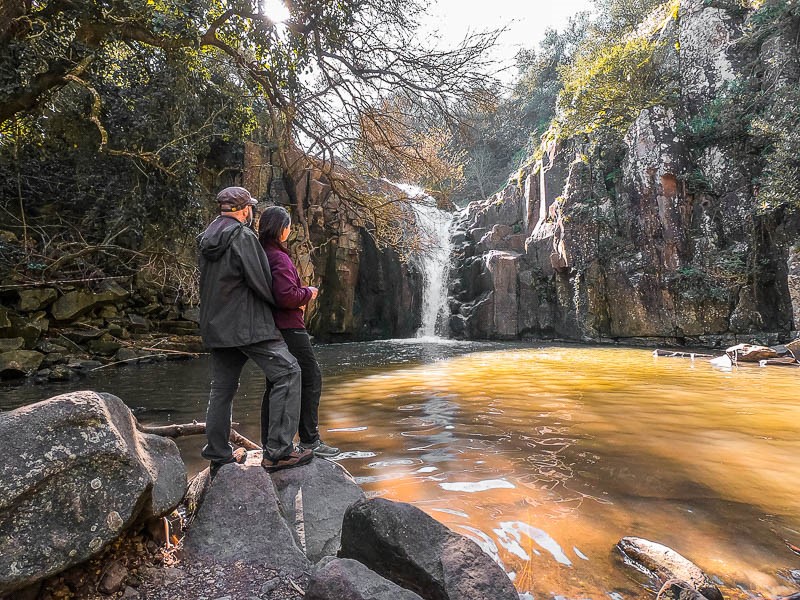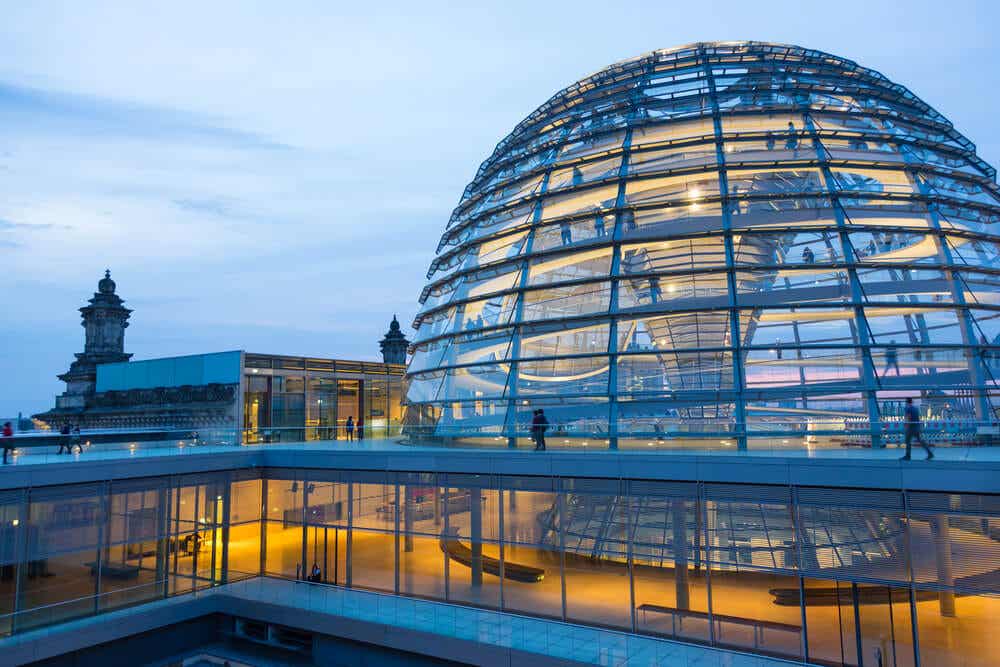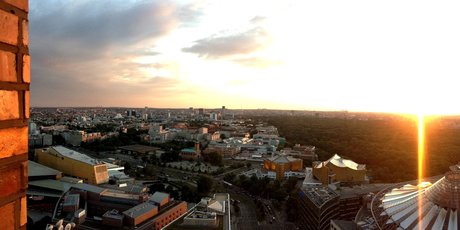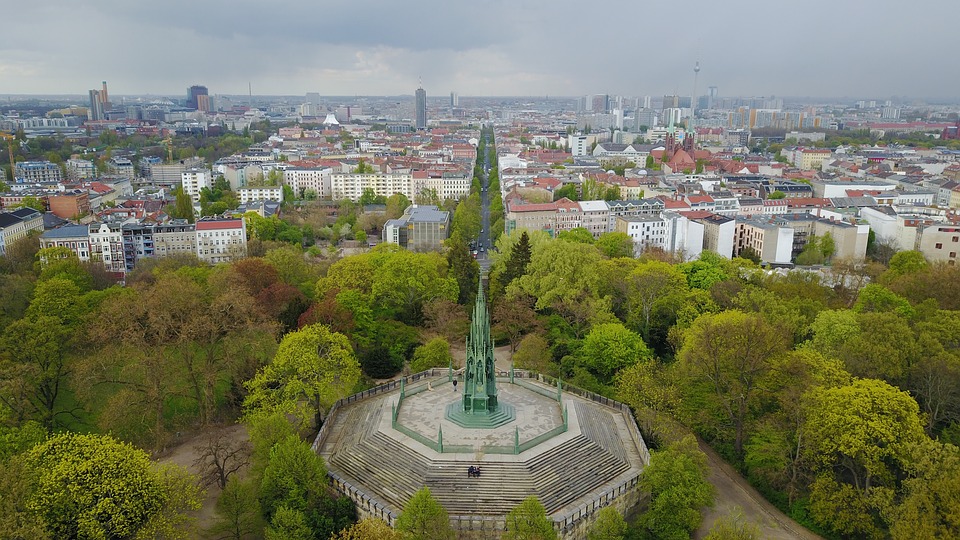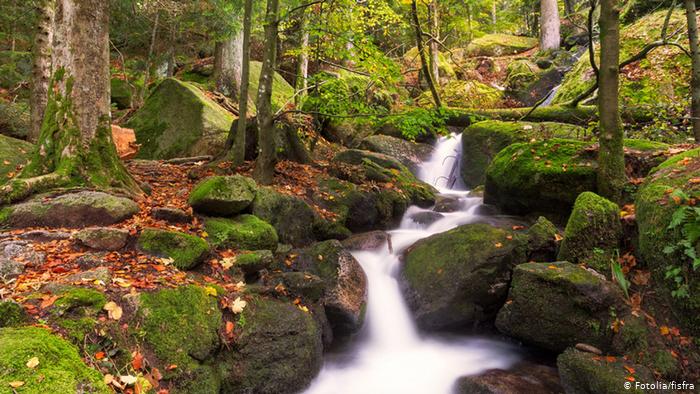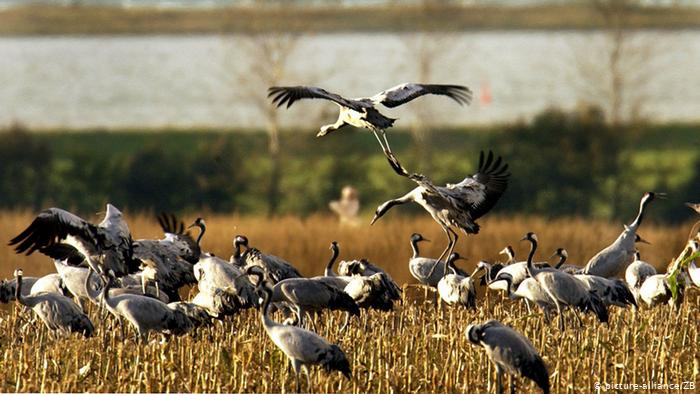Nascente do Almonda.
The Almonda spring cave stretches over more than 15 km and is a real national speleological sanctuary as it represents the most extensive karst network currently known in Portugal. It is made up of various underground streams which give rise to the source of the Almonda river.
The Almonda spring cave is home to unique species adapted to life underground, such as the cave beetle Trechus lunai.
Regarding the cultural heritage, the existence of several archaeological deposits stands out, ranging from the Lower Palaeolithic to Roman times.
The cave was classified as a Property of Public Interest on 30 November 1993.
Located in Vale da Serra, in the area of the Serras de Aire e Candeeiros Natural Park, the Interpretation Centre is a support structure for the Almonda cave, which promotes programmes oriented towards ecological and cultural tourism. It has an interpretative museum space, auditorium and accommodation.
The programmes available include preparation for the visit to the cave with an introduction to speleology, progression techniques and use of equipment, and underground diving.
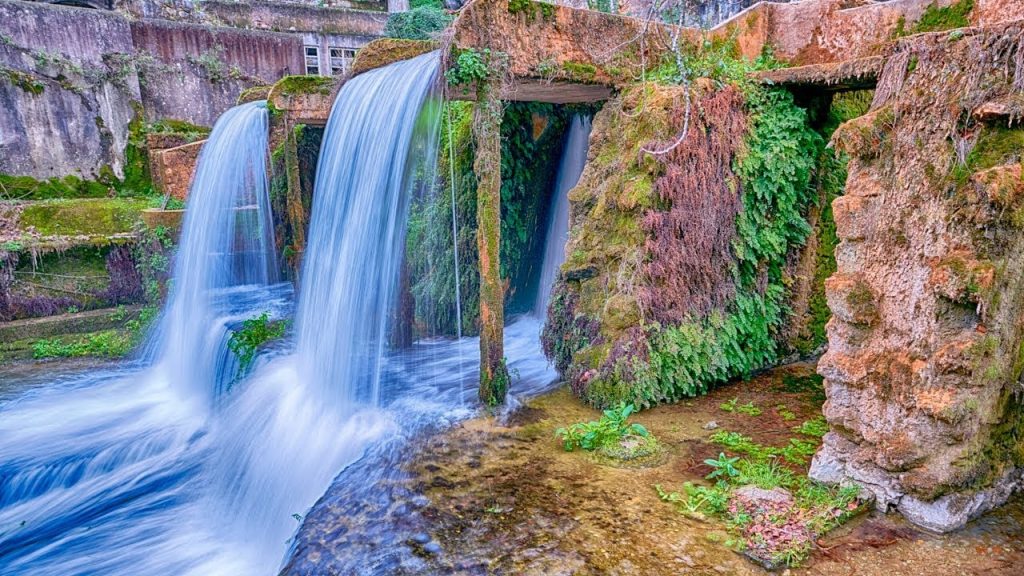
Tahiti Waterfall
A few kilometres from the Arado waterfall and at the foot of the road from Ermida to Fafião is the Tahiti waterfall or Fecha de Barjas. It is not a single waterfall, but a succession of waterfalls formed by the river as it flows over the granite rock. When we visited it, the force of the water generated a thunderous sound that added to the beauty of the surroundings. Although there are areas set aside for bathing in some of the pools, you have to do so with great caution due to the dangerous terrain and the currents. In fact, a sign next to the road warns of this, reminding us that there have been fatal accidents in this place. To contemplate the succession of waterfalls, all you have to do is go down a flight of steps and walk carefully along the path that allows you to contemplate them without getting wet.
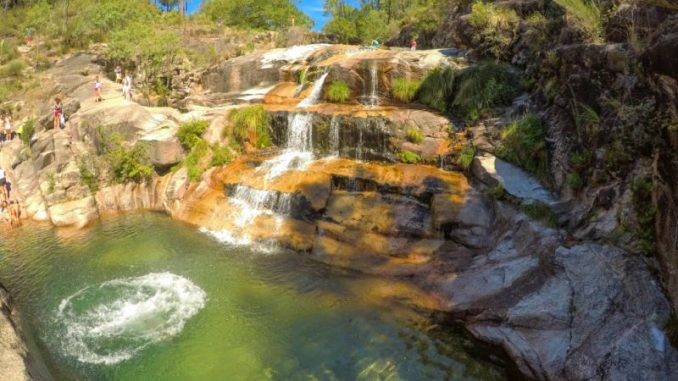
Cascata de Pinçâes
Due to its rare beauty, the Pincães Waterfall certainly deserves to be among the best waterfalls in Gerês. You should leave the car in the village of Pincães and follow a trail for about two kilometres, passing by an old oil press and some water mills. After this trail, the waterfall is easily accessible and the landscape will make you think you are on an island paradise.
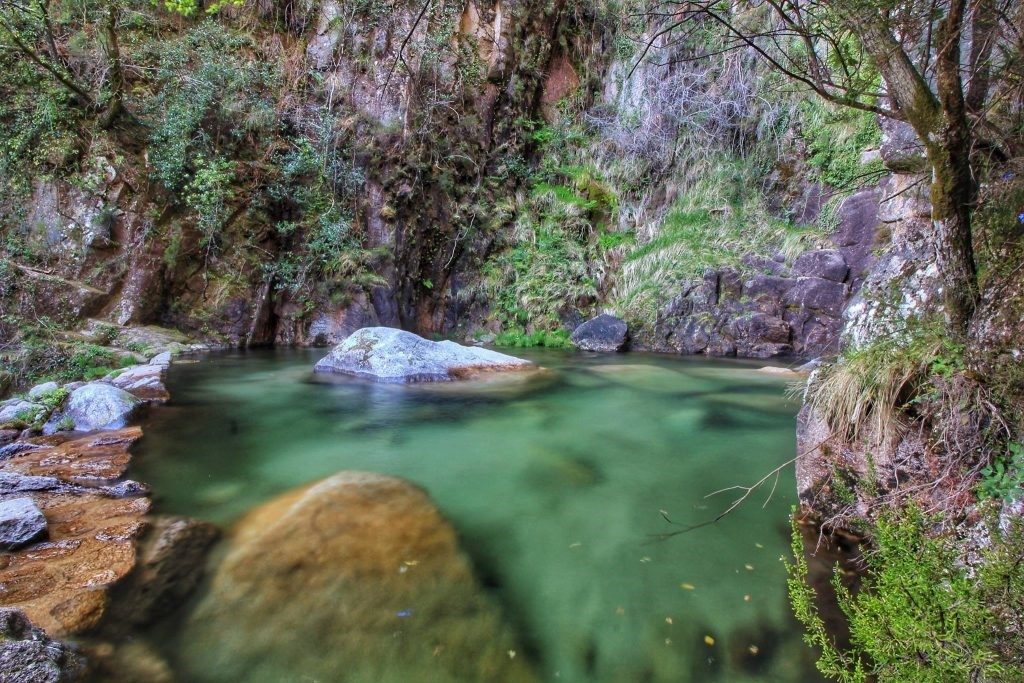
Fraga da Pena
If the Serra da Estrela is unknown to many Spaniards, even more so is the Serra do Açor, also located in the Centro region and in the district of Coimbra. Cruelly punished by fires in recent years, one of the areas that has preserved its vegetation intact is the forest park where the Fraga da Pena waterfall is located. It is a 20-metre waterfall hidden in a leafy forest where walkways have been installed and a picnic area has been built. All this at the foot of the road and it is only a few metres walk. The origin of this waterfall is a geological accident and its waters are cold and crystalline, ideal for a swim when the heat is on. Fraga da Pena is only 22 kilometres from one of the most beautiful villages in Portugal, the village of Pioado.
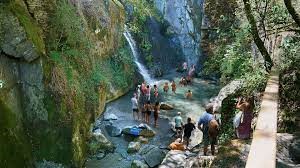
Cascata do Mourao / Cascata de Fervenca
If you think that only in Gerês can you find dream waterfalls, you are not familiar with the Sintra waterfalls. Cascades near Lisbon may seem like a lie, but it’s really true. Only 40 minutes away from Lisbon are two true treasures of nature: Cascata do Mourão (or Cascata de Anços) and Cascata de Fervença (or Cascata da Bajouca).
Both waterfalls are located about 20 minutes from Sintra and less than 10 kilometres apart. So it is perfectly possible to visit these two fantastic natural spots in the same day.
But the best thing is to spend a weekend exploring the region, combining a visit to the waterfalls with a trip to the beaches of Colares, Sintra or Mafra. It makes an excellent weekend getaway for those living in the greater Lisbon area.
It is true that the two waterfalls are quite hidden, but following our tips you will get there without any difficulty.
